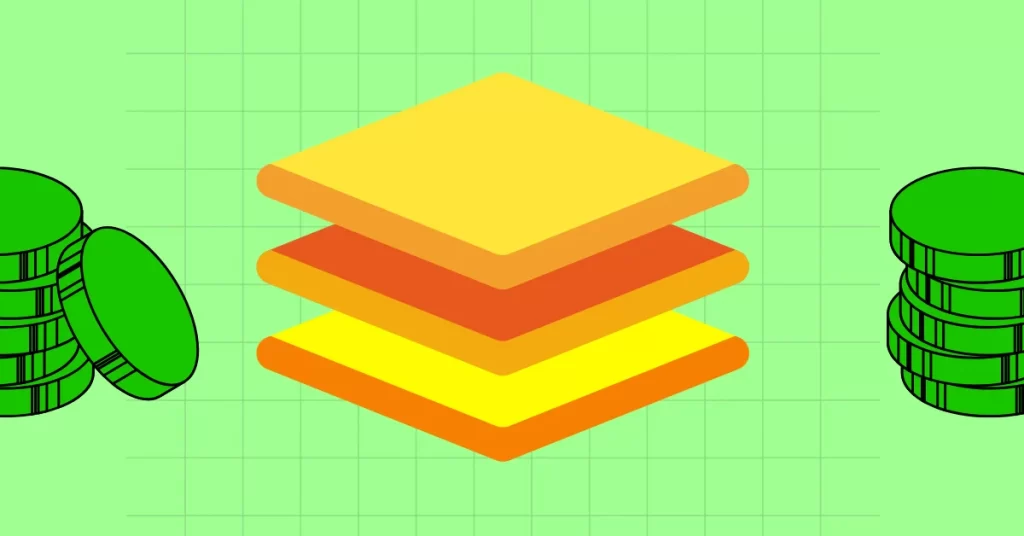McCann’s Meme Street Revolutio...
22 February 2025 | 8:57 pm

The post How the Lightning Network Works: An Overview of Layer 2 Scaling appeared first on Coinpedia Fintech News
When Bitcoin was introduced in 2009, it was described as “peer-to-peer electronic cash” that allows users to make direct money transfers without third-party intermediaries like banks.
At the inception of the Bitcoin network, the developers focused on two main aspects: direct transactions and decentralisation. However, they didn’t consider the third important pillar – scalability. In other words, they didn’t know how big Bitcoin would become and that transaction throughput could become one of the main issues.
While such an approach made sense at the dawn of Bitcoin when this digital currency was just paving the way for blockchain-based payments, things began to go sour when Bitcoin became the biggest blockchain network.
Today, scalability and network throughput are among the primary problems. Bitcoin transactions can take 10 minutes or a few hours to be processed, which is not user-friendly at all.
The Lightning Network was developed to tackle the scalability problem and help Bitcoin become digital cash as envisioned.
The Lightning Network is a layer-2 scalability solution built on top of the Bitcoin Network. Simply put, this network processes transactions off-blockchain (off-network), thus facilitating much faster and cheaper transfers than those on the main Bitcoin blockchain.
Let’s illustrate the difference. The Bitcoin core blockchain can usually handle less than 10 transactions per second, the average processing timeframe needed for the transfer to be confirmed on-chain ranges between a few minutes and a few hours, and costs can be significant. On the other hand, the Lightning Network can process millions to billions of transactions per second across the network with extremely low fees.
Another great thing about the Lightning Network is that it lets users make instant micropayments. On the main BTC blockchain network, such transfers would last much longer, as the larger transactions with higher fees would have priority.
This layer-2 Bitcoin network uses smart contracts to establish micropayment channels to enable near-instant and cost-effective transactions and improve the scalability of the network. All payments are made off-chain, meaning they are processed outside of the main blockchain. This approach allows for an unlimited number of payments that are very fast and almost fee-free.
The Lightning Network utilises channels to enable quick and easy Bitcoin transactions between users. To be able to send or receive money on this network, you must open a channel. You can think of it as an independent ledger that lets you make small payments without affecting the main Bitcoin blockchain. In other words, you can pay for a coffee or send your friend some BTC in real-time.
Lightning Network was also created to enable small Bitcoin transactions. Therefore, it is also considered as a decentralised Bitcoin network for micropayments. As a result, many retailers and small vendors adopt this service. Even the best crypto casinos support the Lightning Network.
As mentioned earlier, you need to create a direct payment channel between two users to make these quick transfers. Both parties must add a certain amount of BTC onto the network to open a new channel. It’s worth noting that channels are actually multi-signature addresses on the BTC blockchain where you store the money. When Bitcoin is locked, you can start paying and receiving funds.
Moving BTC through the channel requires two signatures. These signed transfers determine the amount of BTC that will be sent from one address to another and vice versa. Once the channel is created, you can start sending money in real-time at a fraction of the cost of a regular BTC transaction on the main blockchain. Each time a new payment is made, both users must approve the new balance.
When the channel is closed, this is recorded as a single closing transaction that is sent back to the main BTC network. This means the Bitcoin blockchain processes just two transactions: first for creating a new channel and the second for its closure.
If you know and trust the other user and want to make frequent transactions, it makes sense to open a direct connection.
However, one of the main advantages of using the Lighting Network is that it supports indirect connections. What does this mean? If user A has a connection with user B, and user C is connected to user B but not user A, they can still successfully send money to each other. In other words, the Lightning Network allows you to use third-party channels, meaning not all users must be connected.
The channels of common contacts serve as the middlemen that route your transactions. Remember that sending money through these third-party connections doesn’t impact the security or costs of your transactions.
There are several advantages the Lightning Network provides to users compared to its “big brother” – the Bitcoin blockchain.
Payment channels have proved to be very useful for small businesses and individuals. The Lightning Network has enabled many local businesses to optimise their costs and improve profitability.
At the same time, individual users can make everyday payments at a coffee shop or a local restaurant in real time without high BTC transaction fees.
Finally, payment channels helped remove millions of small transactions from the Bitcoin network, thus freeing the block space and eventually increasing the speed and scalability of Bitcoin.